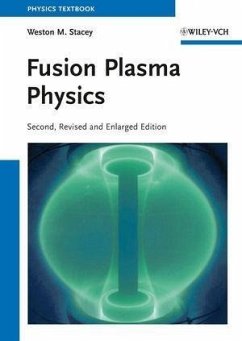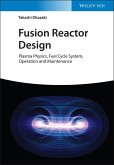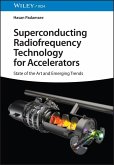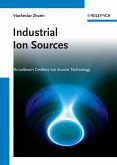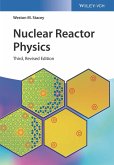This revised and enlarged second edition of the popular textbook and reference contains comprehensive treatments of both the established foundations of magnetic fusion plasma physics and of the newly developing areas of active research. It concludes with a look ahead to fusion power reactors of the future. The well-established topics of fusion plasma physics -- basic plasma phenomena, Coulomb scattering, drifts of charged particles in magnetic and electric fields, plasma confinement by magnetic fields, kinetic and fluid collective plasma theories, plasma equilibria and flux surface geometry, plasma waves and instabilities, classical and neoclassical transport, plasma-materials interactions, radiation, etc. -- are fully developed from first principles through to the computational models employed in modern plasma physics. The new and emerging topics of fusion plasma physics research -- fluctuation-driven plasma transport and gyrokinetic/gyrofluid computational methodology, the physics of the divertor, neutral atom recycling and transport, impurity ion transport, the physics of the plasma edge (diffusive and non-diffusive transport, MARFEs, ELMs, the L-H transition, thermal-radiative instabilities, shear suppression of transport, velocity spin-up), etc. -- are comprehensively developed and related to the experimental evidence. Operational limits on the performance of future fusion reactors are developed from plasma physics and engineering constraints, and conceptual designs of future fusion power reactors are discussed.
Dieser Download kann aus rechtlichen Gründen nur mit Rechnungsadresse in A, B, BG, CY, CZ, D, DK, EW, E, FIN, F, GR, HR, H, IRL, I, LT, L, LR, M, NL, PL, P, R, S, SLO, SK ausgeliefert werden.

